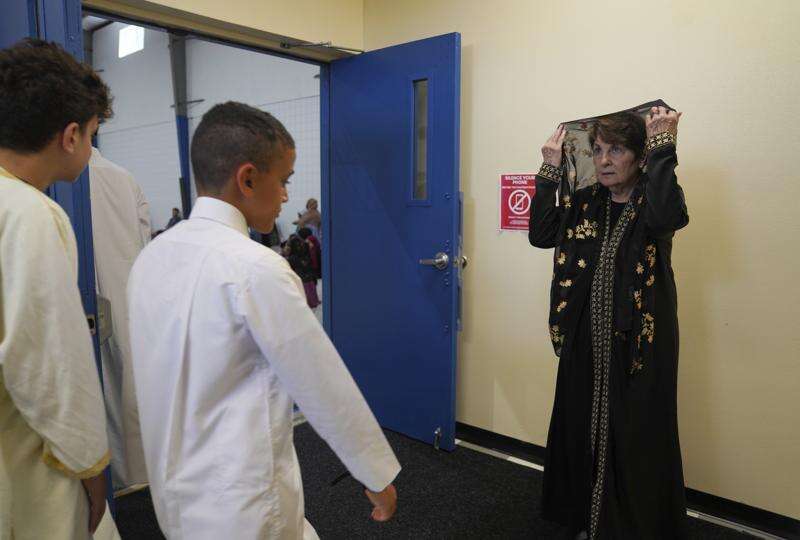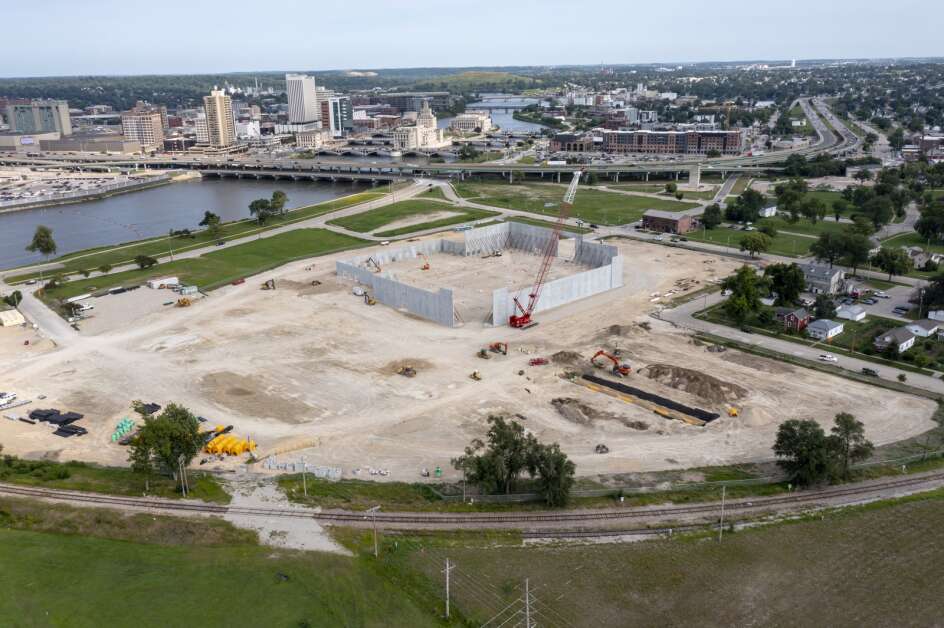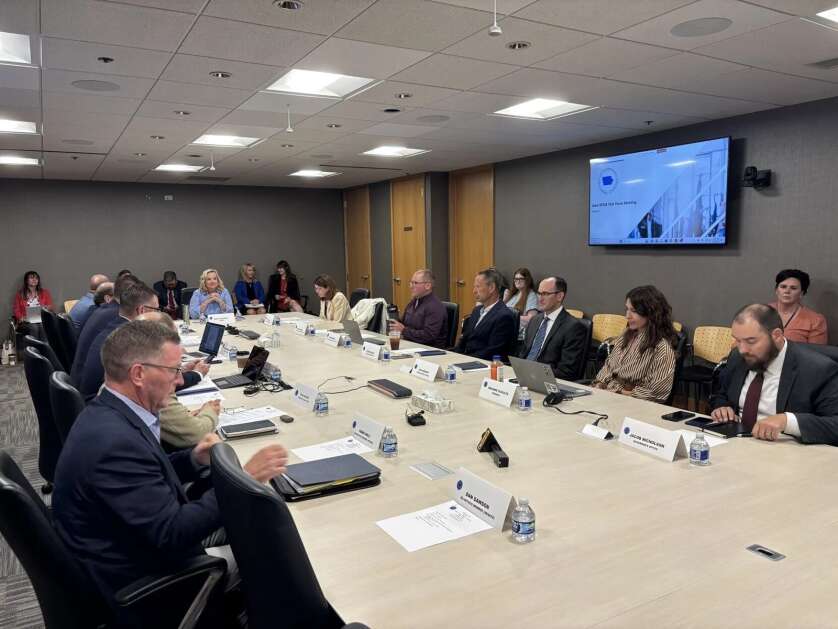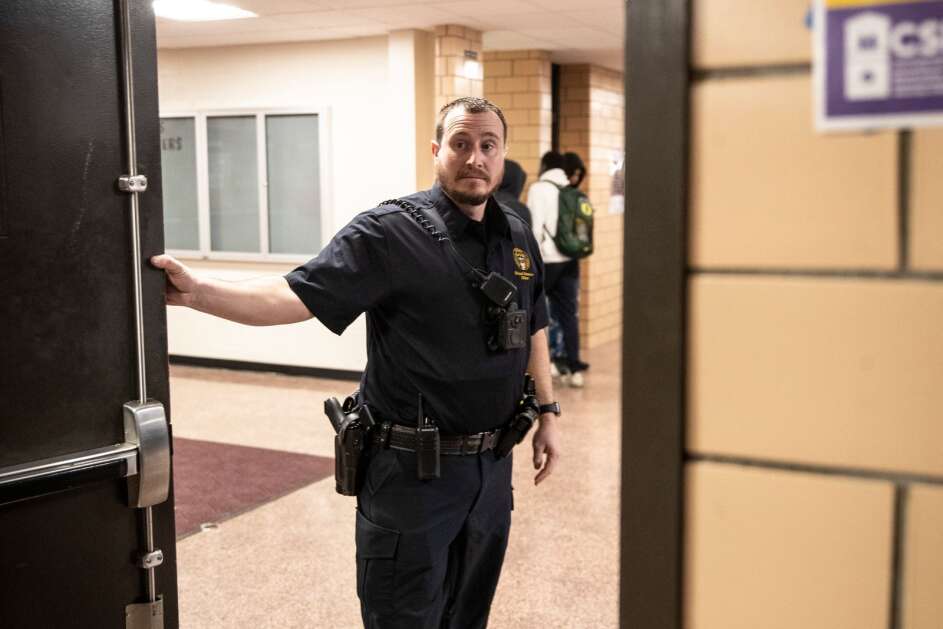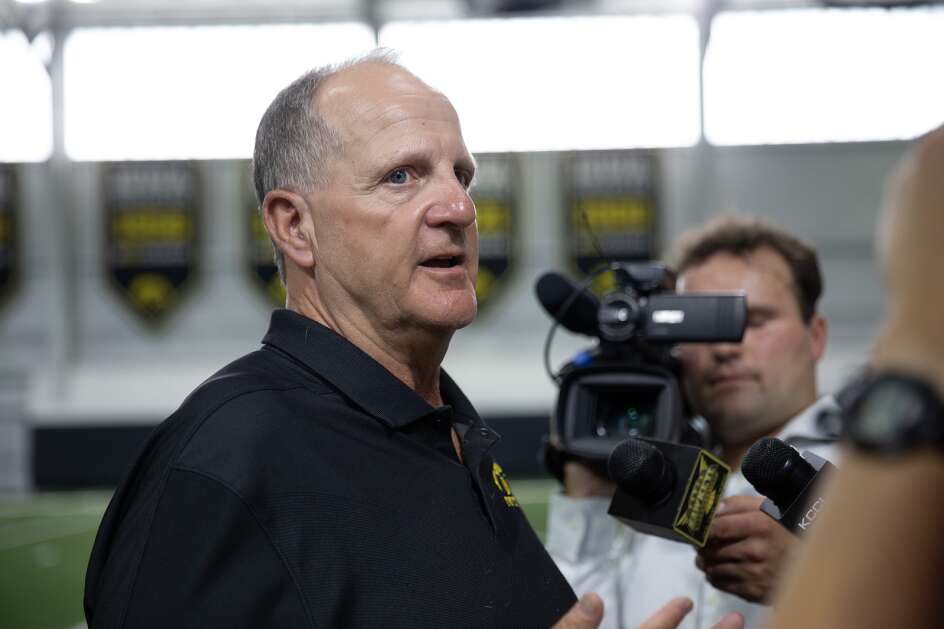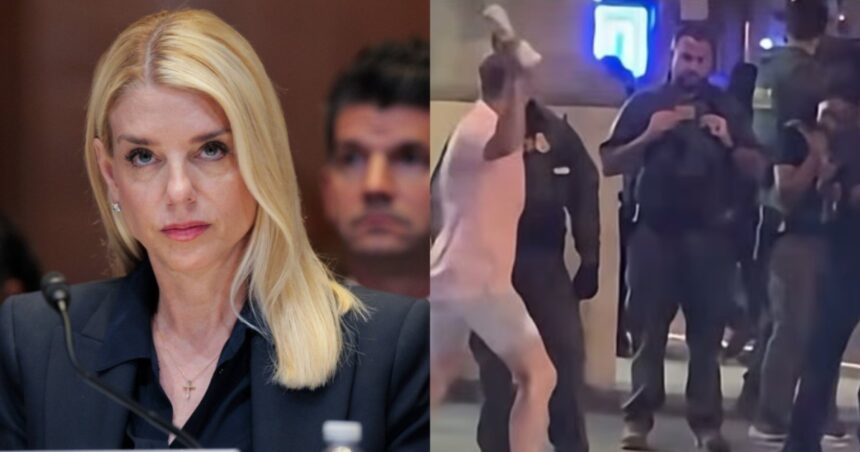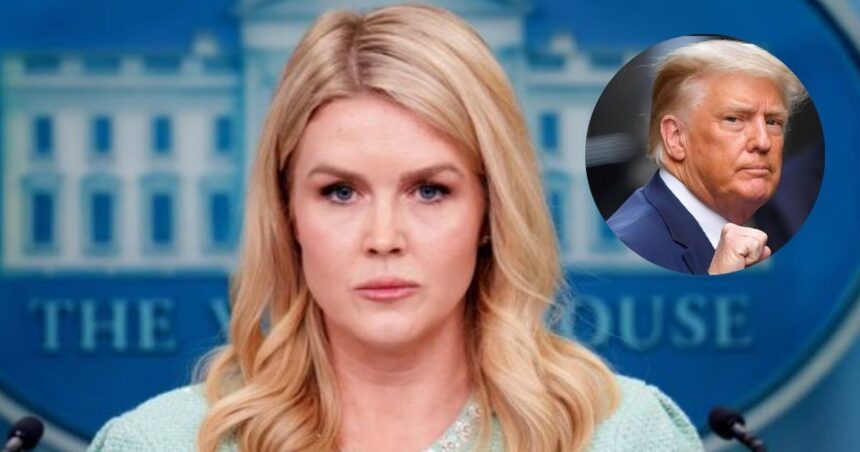The Gazette uses Instaread to provide audio versions of its articles. Some words might not be spoken correctly.
CEDAR RAPIDS With the exception of a dome, this white clapboard structure on a grassy corner plot is the oldest surviving Muslim House of worship in the United States. It is as unassumingly Midwestern as its Cedar Rapids neighbors’ homes.
Just as increased tensions in the Middle East fuel tensions over immigration and Islam in the United States, the descendants of the Lebanese immigrants who built the Mother Mosque nearly a century ago, along with newcomers from Afghanistan, East Africa, and beyond, are defining what it can mean to be both Muslim and American in the country’s heartland.
As the devout rushed into the Islamic Center of Cedar Rapids for Friday prayers, Fatima Igram Smejkal, dressed in a black robe with gold embroidery, stood by the door and greeted them with a warm salaam. The first mosque in the United States to be explicitly designed and built as a house of worship for Muslims was opened in 1934 with assistance from her family, according to the National Register of Historic Places.
Families like hers arrived at the turn of the 20th century, and Smejkal remarked, “They all came from nothing so they wanted to give back.” I’m quite tolerant of those who come from Somalia, the Congo, Sudan, and Afghanistan because of this. I don’t know what they left behind or what was going through their mind when they entered that mosque.
The Islamic Center is presently where the community congregates. When they grew too large for the Mother Mosque’s living-room-sized prayer hall in the 1970s, it was constructed, and they have now outgrown it as well. On industrial carpets, hundreds of fifth-generation Muslim Iowans, recent refugees, and migrants rolled into the gym’s basketball court. They included men wearing headwear ranging from baseball hats to Afghan pakol caps and African kufi, women wearing headscarves, and babies in car seats.
As immigrants attempt to preserve their history while integrating into American culture and society, this physical location where varied groups congregate supports the community.
Hassan Igram, the chair of the center’s board of trustees, stated that Muslims may practice their faith and still live in harmony with their neighbors. His grandfather and Smejkal’s grandfather, two cousins who immigrated to Iowa as youths in the 1910s, have the same first and last names.
Lebanese migrants Mother Mosque
After escaping the Ottoman Empire, tens of thousands of young men—both Christians and Muslims—arrived in prosperous Midwestern communities, many carrying just a Bible or a Quran. They frequently made enough money to purchase horses and buggies by selling household goods to widely dispersed farms. After that, they started food stores.
In the 1920s, a group of Muslim women gathered funds to construct what was known as the Moslem Temple through bake sales and communal dinners. Anace Aossey recalls going to prayer there with his parents, just like the Igrams, but as kids, they were more interested in the Dixie Cream donuts that would be served afterwards.
According to Aossey, whose father peddled products from a 175-pound sack by the rails, “we weren’t raised really strict religiously.” Their goal was to become fully integrated into American society.
Growing up Muslim in America
Institutional discrimination against Muslims was occasionally experienced. Abdallah Igram, Smejkal’s father, was a World War II veteran who successfully pushed for Muslim, Catholic, Protestant, and Jewish options to be included to troops’ dog tags.
However, Cedar Rapids’ houses of worship and the connections that were formed between American-born children and their non-Muslim neighbors helped immigrants find acceptance among one another. In observance of the Muslim ban on pork, Smejkal’s father kept beef hot dogs in the kitchen, and her best friend was Catholic. In turn, Smejkal’s father ensured that fish sticks were served during Friday meals.
According to Edward E. Curtis, IV, a professor at Indiana University, Arab-speaking Muslims were integral to the same narratives that shape our perception of the Midwest and its ideals. The American heartland was shaped in part by them.
The city’s hilltop Muslim cemetery, which was one of the first in the US when it was constructed in the 1940s, is where Abdallah Igram is interred. It is adjacent to the Jewish cemetery, whose operators sent trees to the Muslim cemetery following damage from a derecho five years ago, and the Czech cemetery, which honors the families of the migrants who helped create Cedar Rapids in the 1850s. Smejkal hopes that all religions may work together in this manner.
At that point, there are no more obstacles. “I hope it’s truly like that one day,” Smejkal remarked.
Being Muslim in the Heartland
After a 1965 immigration legislation removed the limitations that had prevented entries from various parts of the world since the mid-1920s, the Muslim population in the Midwest increased dramatically, according to Curtis.
According to Ako Abdul-Samad, an African-American who served as the representative for Des Moines in the Iowa House of Representatives for almost 20 years, mistrust resurfaced following the Sept. 11, 2001 attacks, particularly in rural communities whose youth were serving in Afghanistan and Iraq. Voters have re-elected him despite his initial fear that his Muslim faith would prevent him from winning office.
Even as Muslim populations thrive and gain political clout in large cities like Detroit and Minneapolis, immigration, even from Muslim nations, continues to be a divisive topic.
Nonetheless, the Mother Mosque imam, a Palestinian who arrived in the 1980s, claims that regular contacts between Muslims and their neighbors have offered some defense against discrimination. According to Taha Tawil, stereotypes and other things did not work in Cedar Rapids.
Near Des Moines, where a new multimillion-dollar mosque and cultural center is set to open next month, Bosnian Muslims say they have seen similar things. The first center was founded by war refugees 20 years ago.
According to its treasurer, Moren Blazevic, “all of our neighbors, including the farmers from whom we purchased the land, have been very kind to us.” At last, we’re from Iowa.
Becoming Midwesterners
When Faroz Waziri and his wife Mena arrived in town in the middle of the 2010s on a special visa for people who had served in the U.S. military abroad, he jokes that they may have been the first Afghans there. He works as the refugee resources manager for a non-profit organization that was started by Catholic nuns, and after overcoming language and cultural shock, they have obtained U.S. citizenship.
The Waziris are thankful for the assistance and the sense of security, yet they long for their hometown and family. Additionally, they worry that cultural differences—particularly the individuality displayed by Americans, such as when they eat meals at a table rather than on a rug—will continue to be too great.
Mena Waziri stated, “I never think I’m American, mentally and emotionally.” Now a college graduate, she is passionate about women’s rights and independence, which are still unreachable in Taliban-run Afghanistan. However, the family is eager for their son Rayan, who was born in the United States, to have Muslim friends and ideals.
Aossey, who displays exhibit panels about Lebanese immigration and integration in the same garage where he keeps ATVs on his recreational farm, is one of the ancestors of the city’s original Muslim residents, and he is familiar with these issues.
“The American story is my story,” Aossey declared. It’s not the story of Islam.
